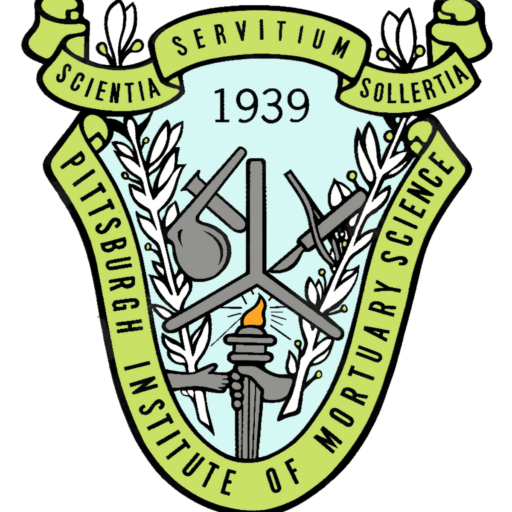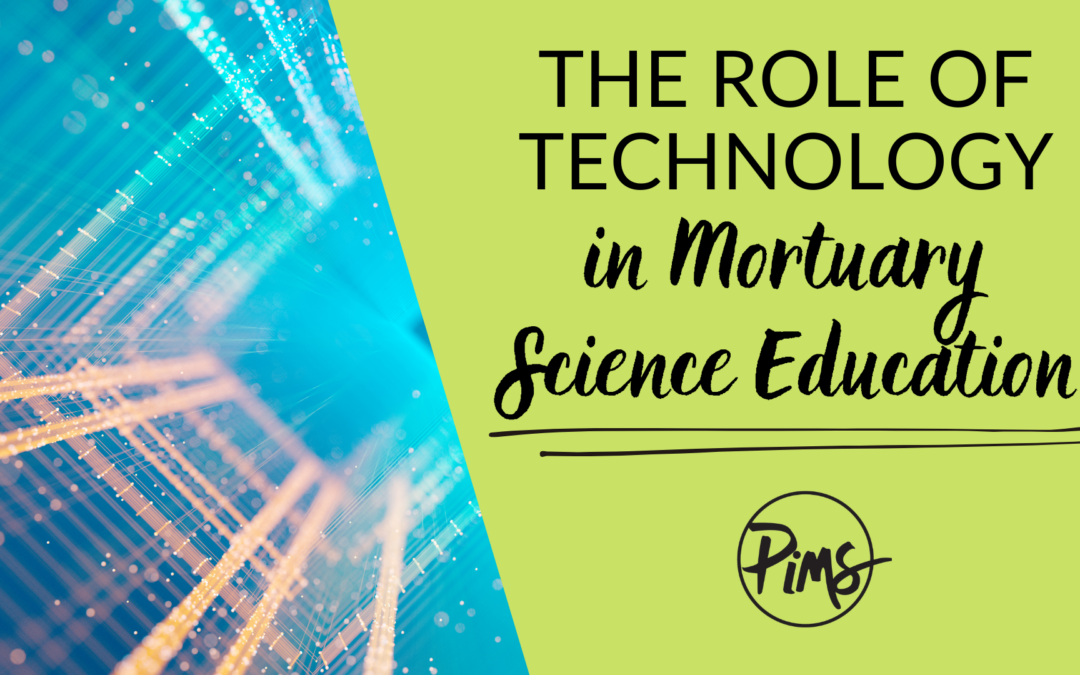Technology in the mortuary science industry has evolved in recent years, and will continue to do so as technology advances. Therefore, technology is an important part of mortuary science education. Technology is a huge part of higher education in general, so it’s not surprising that it can benefit mortuary science students. Let’s take a look at the role of technology in mortuary science education.
Technology in Mortuary Science
Typically, technology is associated with computers or programs, but there is more to technology than that, especially in the mortuary science industry. Technology in the funeral service industry mostly revolves around taking care of the deceased.
Those who are employed in the funeral service industry often use computers for much of the paperwork involved in funerals, burials, and cremations. On top of that, funeral service workers also use special tools and procedures for the embalming and cremation process.
Clinical Laboratory Experience
Since embalming is such a crucial part of the funeral service industry, clinical balming experiences are one way that students are prepared for their career. We’ll use our own clinical labs as an example of how they work, as we offer one of the more thorough and comprehensive lab experiences in the country.
All of our students are required to complete a minimum of 30 embalmings under the supervision of a licensed instructor as part of their clinical experience. Students who are getting their degree online can also complete their embalming requirements at a funeral home near them.
Restorative Art Programs
A restorative art lab is also something that is required for PIMS students, similarly to the embalming labs. Restorative art refers to the reconstruction of the body due to significant trauma, such as in a car wreck. This is important for the mortuary science industry since seeing their deceased loved one for a final time is impactful to the grieving process for many funeral goers.
Restorative art heavily relies on analyzing and assessing traumatic injuries, which means that mortuary science students will benefit from a thorough understanding of biology.
Our restorative art lab was upgraded in 2019 to include synthetic heads that have the feel of “embalmed tissue.” More advanced restorative art labs can give students practice that is consistent with experience in the field.
Final Thoughts
Technology is crucial to both the funeral service industry and mortuary science education. It allows the industry to provide comfort to those who are grieving the death of a loved one. We’re looking forward to what the future brings for mortuary science education.








